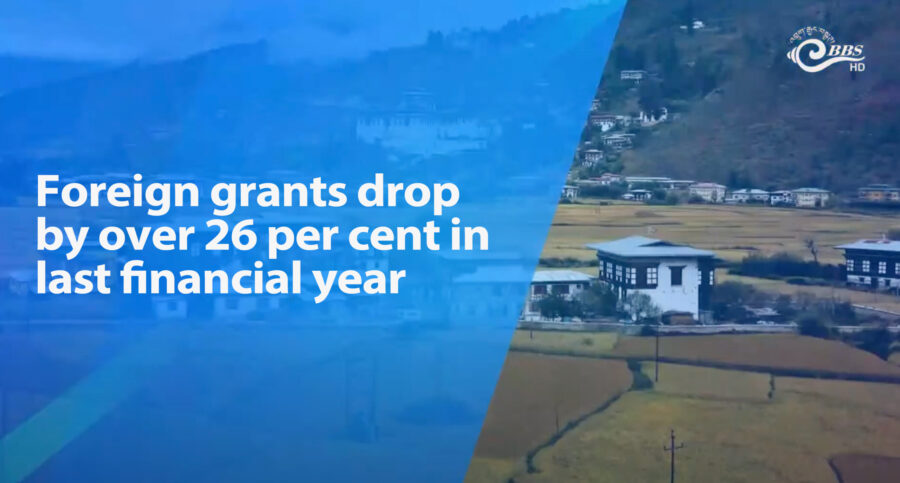 With around Nu 10.6bn received in foreign grant in the last financial year, Bhutan’s foreign grant has dropped by over 26 per cent compared to the previous year. Bhutan received around Nu 14.4bn in the 2022-2023 fiscal year, according to the Annual Financial Statements. This change came as Bhutan transitioned from a Least Developed Country to a developing nation, impacting how international assistance is allocated.
With around Nu 10.6bn received in foreign grant in the last financial year, Bhutan’s foreign grant has dropped by over 26 per cent compared to the previous year. Bhutan received around Nu 14.4bn in the 2022-2023 fiscal year, according to the Annual Financial Statements. This change came as Bhutan transitioned from a Least Developed Country to a developing nation, impacting how international assistance is allocated.
Despite the decline, the Government of India remained Bhutan’s largest donor, providing about Nu 6.77bn. However, this represents a drop of 38.25 per cent compared to Nu 10.97bn received in the previous year. According to the report, the decrease is mainly due to the completion of several large projects that were previously funded by India.
Meanwhile, grants from multilateral agencies, such as the Asian Development Bank (ADB) and the United Nations, as well as other bilateral partners, increased by 13.17 per cent, reaching Nu 3.84bn. This suggests that while overall foreign aid has decreased, Bhutan is seeing a shift in donor contributions, with international organisations stepping in with more funding.
Despite a decline in financial grants, in-kind assistance rose by nearly 42 per cent, including technical aid, training, equipment, and supplies. This support also contributes to Bhutan’s climate change efforts, healthcare, and education development.
Despite the drop in total grants, foreign aid still plays a crucial role in Bhutan’s budget, covering 40.52 per cent of the country’s capital expenditure. These funds help finance major infrastructure projects and public sector programmes across various ministries.
The report indicates that Bhutan’s decline in foreign grants reflects its shift as it graduated from the LDC category. With donor funding expected to decrease, the report says the government is focusing on improving domestic revenue through taxation, state-owned enterprises, and economic policies to close the funding gap.
Karma Samten Wangda
Edited by Kipchu









